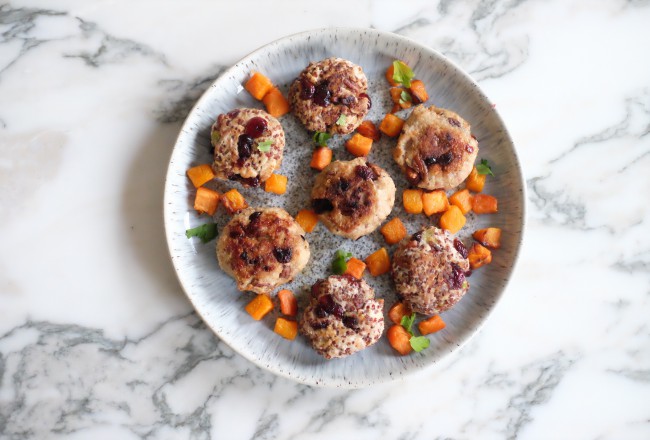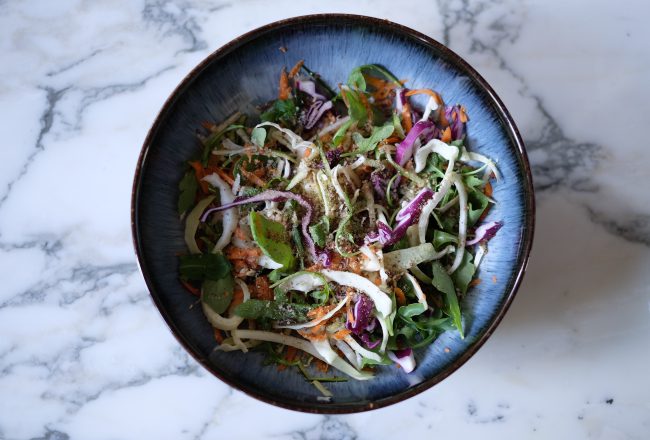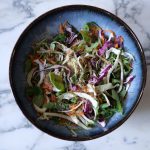Going gluten-free is currently all the rage. What is so bad about gluten? Why do so many people choose to go gluten free? What are the alternatives and are they nutritionally superior?
Gluten and the case for avoiding it
Gluten is the protein found in grains such as wheat, rye, spelt and barley. Some people are allergic to gluten or they may have an autoimmune reaction to it (in the latter case this is celiac disease). In these cases, strict avoidance of gluten is required. Other people may suffer symptoms due to non-celiac gluten sensitivity (NCGS) in which case benefits may be felt by avoiding gluten. An increasing number of studies also suggest that consumption of gluten may increase the incidence of intestinal permeability or “leaky gut” due to gluten’s role in activating the molecule zonulin which opens up tight junctions between intestinal cell walls. Leaky gut compromises intestinal health and can lead to an increase in food allergies and sensitivities. This is particularly true of people who have any type of autoimmune disease (if you fall into this category, it is worth speaking to your nutritionist about cutting out gluten from your diet) so is another reason why some people go gluten free.
Many people, even without a diagnosis of an allergy or immune-mediated sensitivity, find that they feel less bloated and generally healthier when they take gluten out of their diet. Claims of dramatic weight loss and increased energy from going gluten free are abundant. It is important to remember that these results may not always be because of the elimination of the protein gluten but instead is often because of increased diet quality generally (more vegetables and fewer processed foods).
Our recommendation and my diet
Even if you don’t fit into any of the above categories, most people eat too much gluten and too much of anything isn’t good for us. Take a look at your diet and that of your children. It is easy to see how gluten pops up in most meals: cereals/bread/pastries for breakfast; a sandwich for lunch; couscous/pasta based supper. If this applies to you or your children then it would be a good idea to consider at least cutting down on gluten and identifying alternatives that may be nutritionally superior and will mean that you won’t overload your system. You never know, you may notice that you feel great in the process!
For my own part, I largely exclude gluten, but that is mainly because I prefer more nutritious alternatives. After all, you don’t have to give up gluten completely to give up sliced packaged bread, biscuits and cakes, which is undeniably a nutritional positive.
If cutting out gluten works for you, do it. I know many people who swear that gluten makes them feel bloated and tired. It that is you, avoid it! Follow what works for you and listen to your body and how you feel. I eat bread on holiday and the odd croissant at weekends, but generally have gluten free oats at breakfast, avoid starchy carbohydrates at lunchtime (it makes me tired) and eat sweet potatoes or rice in the evening with a higher proportion of good fats, protein and vegetables to grains at all meals. That is what works for me. If I could put everything I would love you to do instead of “gluten free” in a sentence, it would be this: eat more vegetables and healthy fats, cook your own food, avoid processed food, packets and junk, minimise refined sugars and cut back on alcohol. Generally, eat in a way that makes you feel great and eat slightly less of it if you need to lose a bit of weight.
What to watch out for
The main pitfall to avoid if you do want to avoid gluten for health reasons is to stop yourself interpreting “gluten free” as “healthy”. I would say the same goes for any food labelling like “light” or “all natural” – look beyond it and check the ingredients. Gluten free bread is often full of refined sugars and highly processed taste or texture-enhancing rubbish like starches, gums and oils. I heard a nutritionist once saying that when going gluten free is done unintelligently, it is the overpriced food version of diet soda: just as unhealthy as the original, if not more so. Many gluten free baked products are prepared with corn or rice starch, which have a high glycemic index and a low fibre content.
What do I replace gluten with?
When baking, I choose coconut and almond flour which from a nutritional point of view are infinitely superior to plain white flour. What to watch out for? As discussed, be careful when choosing gluten free sliced processed bread. Instead, if you want to be nutritionally “perfect”: get your carbohydrate input mainly from vegetables including sweet potato and squashes. When you do eat grains, ensure that they are whole since the refining process dramatically reduces the nutritional content.
Here are my gluten free pancakes which kids and adults love! Instead of flour I use gluten free oats and high fibre oatbran. I guess it might be a Scottish thing, but unless I’m eating something made with eggs, breakfast is always some kind of oat-based creation. These are eggs (perfect protein) and oats together, with a great dose of healthy fats from coconut oil and chia seeds, plus some sweetness and potassium from fresh banana.
TMA OAT, BANANA AND CHIA SEED PANCAKES
Ingredients
2 eggs
2 egg whites (I use Two Chicks, or just separate my own and save the yolks for homemade mayonnaise or meatballs for my children)
3 tbs gluten free oatmeal/oats (finely ground Scottish porridge oats work best. I use Alara)
3 tbs oat bran (I use Bob’s Red Mill)
1 banana (one large one or two small ones)
1 tbs ground chia seeds (use ground flax or any other ground seeds if you prefer)
Coconut oil to cook
Method
Blend all ingredients together with a hand blender or in a food processor. Heat 1 tsp coconut oil in a non-stick frying pan and fry in pancake sized amounts (approx 3 tbs mixture) one by one, checking there is enough oil for each new pancake (approx. 1 tsp per pancake). Serve immediately. I eat mine stacked with greek yogurt, fruit, nuts and seeds or with pink Himalayan salt and maple syrup for a weekend treat.
Adaptations
If I am going to the gym, I alter the mix slightly by adding lean vanilla protein powder (I use Neat Nutrition) and a tiny splash of almond milk (homemade or Rude Health Ultimate Almond). You really can experiment with pancake mix. I make a super healthy savoury plain one with just oat bran and eggs which needs no blending and takes two minutes, and I top the pancakes with lots of sliced avocado and seeds. There is a craze at the moment of making pancakes with smoothie and protein shake mixes and yes, I have tried it with the TMA Emerald Energiser. I add egg/eggwhite so it is even higher in protein and rises properly, and then you need to mix in some kind of flour (I usually use buckwheat) or oatbran until you reach pancake mix consistency. I also make pancakes with blended steamed vegetables in them – see below. Bat-shaped because you have to work quite hard if you expect kids to eat spinach and kale. Negotiation skills classes from law firms come in handy every so often and Popeye is a hero. I have a lot of epic kitchen fails with my kids but the wins are worth it, and I feel very strongly about (most) breakfast cereals and small children. One word: sugar. Next week’s post!









